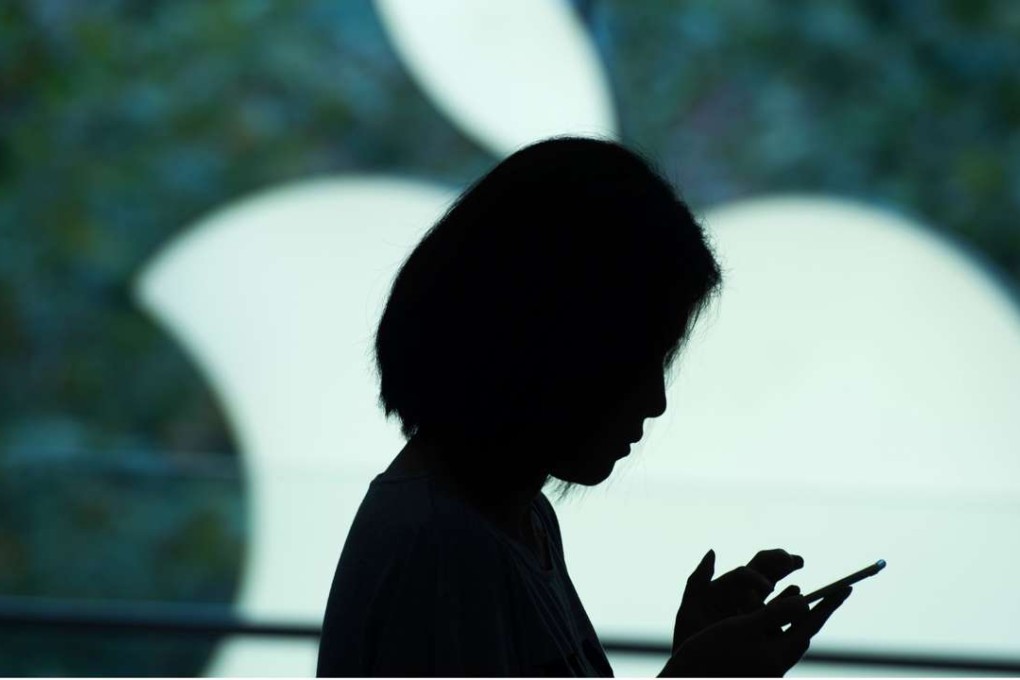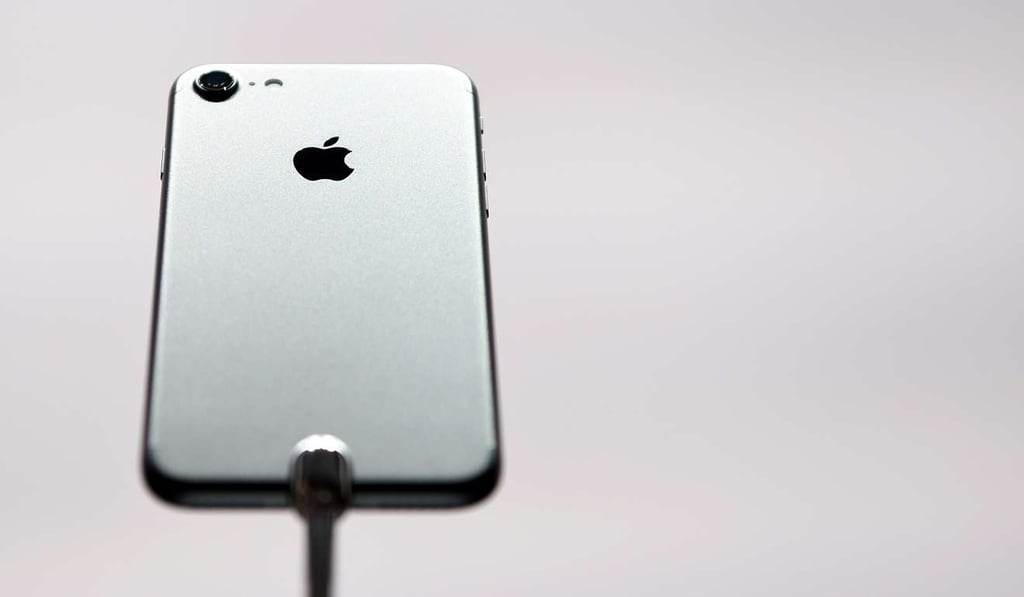Going local: how Apple got back into Indonesia’s smartphone game
The company’s planned US$44 million R&D facility is a small price to pay to take part in Southeast Asia’s largest economy

The resumption of iPhone sales in Indonesia is being lauded as a boon not only for consumers – but as a milestone in the country’s efforts to become Southeast Asia’s top tech investment destination and a demonstration of what governments can achieve in demanding firms “go local”.
Apple officially resumed iPhone sales this week at six retailers across major cities in the country, after months of being barred from the market, having won over Indonesian authorities with a commitment to building a US$44 million research and development facility in Southeast Asia’s largest economy.
That sweetener was enough to meet “local content” regulations that have since January required all 4G handsets to feature local content of at least 30 per cent – a rule that can be met in terms of hardware, software or (as in Apple’s case) an investment commitment.
“Apple can now sell smartphones in Indonesia because it has committed to invest here,” said I Gusti Putu Suryawirawan, the director general of electronics at the industry ministry.
Apple plans to build three innovation centres in Indonesia over the next three years. The first facility in Tangerang, on the outskirts of Jakarta, will start operating at the end of the second quarter this year and will employ up to 400 staff, according to the ministry.
